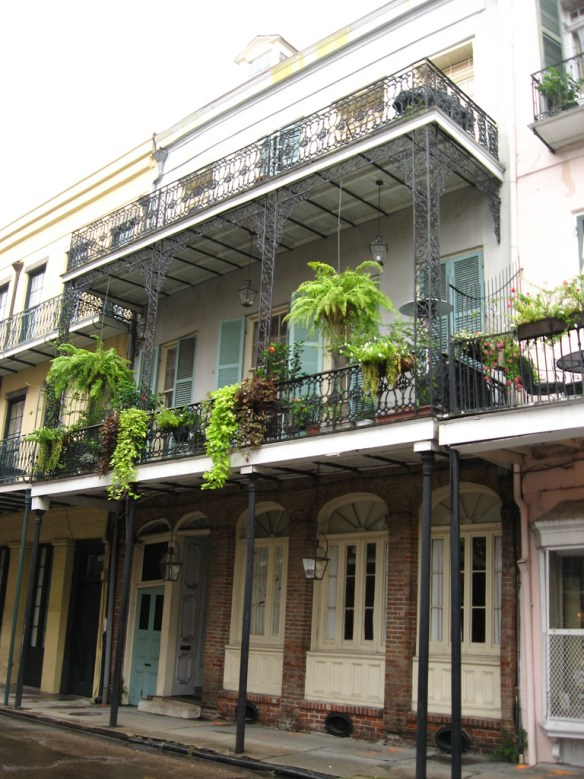I answer that it can in CQ Researcher’s Historic Preservation: Can The Past Escape The Wrecking Ball?
Many people fail to realize that land use policies like historic preservation involve big trade-offs. The most important one is that if you want to protect existing structures from demolition and modification, you can’t replace them with bigger ones that could house more people. Consider:
- Historic preservation equals height and density restrictions. New building technologies (think steel girders and elevators) allow buildings to be built higher as time goes by. If a city landmarks a large percentage of its inner core, it restricts the ability of that core to go higher. This can lead to sprawl, as a growing population is pushed farther and farther from the city center.
- Historic preservation favors the wealthy. Limited supply drives up housing prices and apartment rents, benefiting owners. And low-income and younger households are likely to suffer, as they are least able to bear the cost of the increases compared to other households. Future residents — think Midwesterners, Southerners and immigrants seeking to relocate to a city like New York for job opportunities — will also suffer.
- It isn’t easy for historic preservation to be green. It feels environmentally responsible to protect older, low-density buildings in city centers because you have no dusty demolition, no noisy construction. But it actually comes at a big environmental cost. Denser construction reduces reliance on cars and thereby lowers carbon emissions. People living in a dense city have a much smaller carbon footprint than those in a car-oriented suburb.
Just because preservation comes at a cost does not mean it is bad. Much of our past is worth protecting. Some places benefit from maintaining their identities — think of the European cities that draw the most tourists year in and year out. But it is bad to deploy historic preservation indiscriminately, without evaluating the costs it imposes on current residents and potential future ones.
Cities that want to encourage entrepreneurship and affordable housing should deploy historic preservation and other restrictive land use tools thoughtfully. Otherwise, those cities will be inhabited by comparatively rich folks who complain about the sterility of their current lives and who are nostalgic for “the good old days” when cities were diverse and hotbeds of creativity.
If they fail to understand the trade-offs inherent in historic preservation, they won’t even understand that a part of the problem is the very policy they support to “protect” their vision of their community.






